“Newry Historic District”
City Directories and History: Known as the Courtenay or Newray Mill, constructed in 1894 under the architect, William Burrough Smith Whaley.
“Captain William Ashmead Courtenay (1831-1908) served in Robert E. Lee‘s Army of Northern Virginia in the Civil War, and was the mayor of Charleston, South Carolina from 1879-1887. Courtenay and a group of investors formed the Courtenay Manufacturing Company in 1893 with an initial capitalization of $134,500. The company purchased 350 acres of land along the Little River in Oconee County on June 1, 1893. The company dammed the Little River to power the mill constructed on the site. They also constructed a village of about 50 cottages, and the mill began manufacturing cotton cloth on June 14, 1894.” Courtesy of Wikipedia.com
In South Carolina alone, from 1894 to 1903 the firm designed and built sixteen mills, including four that W.B. Smith Whaley owned and managed himself in Columbia–Richland (1894–1895), Granby (1896), Capital City (1899), and Olympia (1899–1900). Other textile mills included the Courtenay Mill in Newry (1893–1894), the Enterprise Mill in Orangeburg (1896), the Warrenville Mill in Aiken County (1897), the Buffalo Mill in Union County (1899), the Lancaster Mills for the textile magnate Leroy Springs (1900), the DeKalb Mill in Camden (1900), and the Glenn-Lowry Mill in Whitmire (1900). In 1899–1900 Whaley built his masterpiece, the 2,400-loom, 104,000-spindle, four-story Olympia Mill near Columbia. Courtesy of the SC Encyclopedia Website
The Newry Historic District encompasses a textile mill village established at the turn of the century. Situated in a rural setting in the Little River Valley, the town of Newry is visually isolated by a series of surrounding ridges, dense forest, and a large earthen dam on Lake Keowee, which form the boundaries of the district. The district contains 118 properties including the mill
complex, mill office, company store and post office, village church, and numerous workers residences, located within an area of approximately 250 acres. Courtenay Mill was constructed in a typical New England textile factory design. The design is attributed to W.B.S. Whaley. Most of the buildings in Newry were built during the period 1893-1910 and are examples of the turn-of-the century genre of mill village design in South Carolina. These include the principal buildings of brick construction located adjacent to the town square, i.e., company store and post office located on the north side, and mill office on the south side. The village church with late Classical Revival style details is located on Broadway in the center of Newry. Sixty-nine houses are two-story duplexes with a catslide roof, eight houses are two-story single family residences. Other wood frame buildings include four larger two-story residences believed to have been originally occupied by mill supervisors, two one-story residences, one additional church and a recreation lodge. The ruin of Innisfallen, the Neo-Classical house built for mill founder, William A. Courtenay, is located on a ridge southwest from the village. Listed in the National Register March 19, 1982. (SCDAH)
Also see further Newry Mill history.


Images of the Newry Mill via Bill Segars Collection
Stay Connected
Explore history, houses, and stories across S.C. Your membership provides you with updates on regional topics, information on historic research, preservation, and monthly feature articles. But remember R&R wants to hear from you and assist in preserving your own family genealogy and memorabilia.
Visit the Southern Queries – Forum to receive assistance in answering questions, discuss genealogy, and enjoy exploring preservation topics with other members. Also listed are several history and genealogical researchers for hire.
User comments welcome — post at the bottom of this page.
- Mr. Jim Alexander, a life long resident of Newry, S.C., stated he had worked at the mill five different times. Image taken by R&R – 2016
R&R HISTORY LINK: Please enjoy this structure and all those listed in Roots and Recall. But remember each is private property. So view them from a distance or from a public area such as the sidewalk or public road.
Do you have information to share and preserve? Family, school, church, or other older photos and stories are welcome. Send them digitally through the “Share Your Story” link, so they too might be posted on Roots and Recall.
Thanks!
User comments always welcome - please post at the bottom of this page.

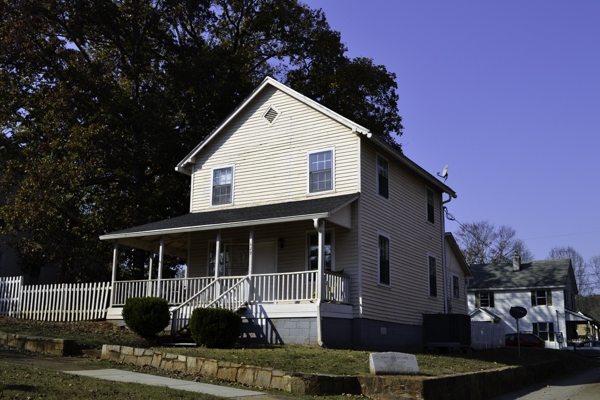
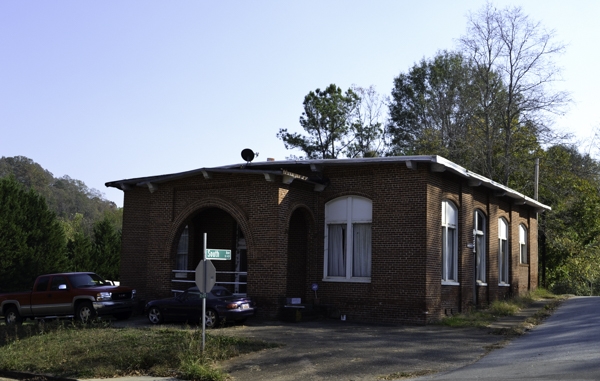

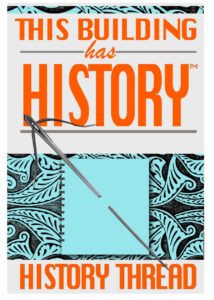
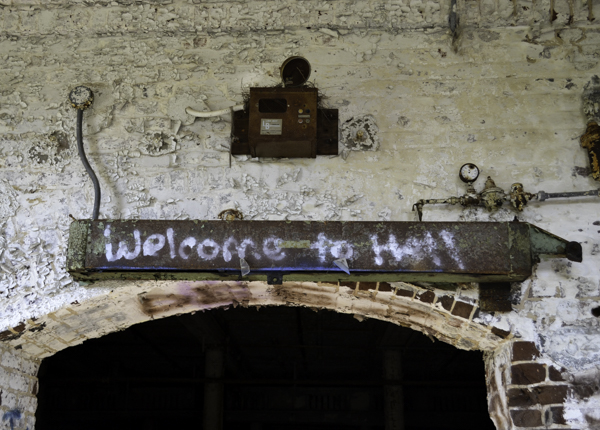


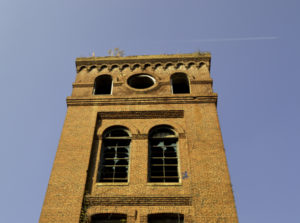

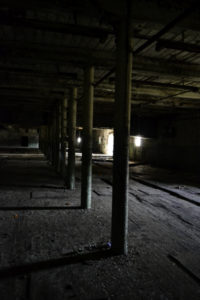
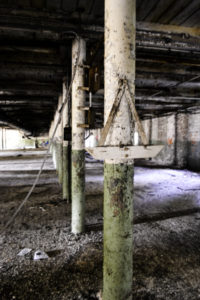
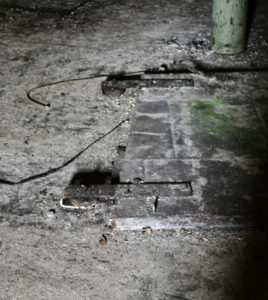
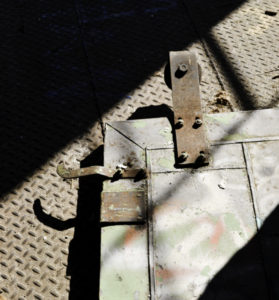


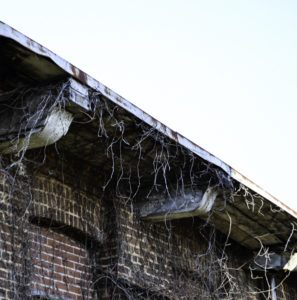







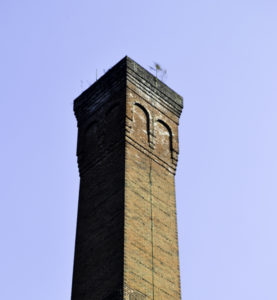
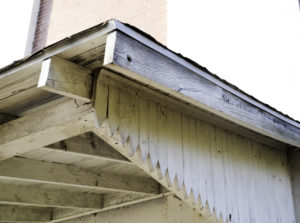
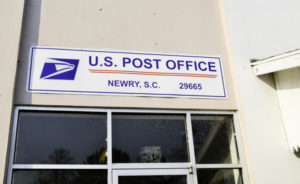




Share Your Comments & Feedback: